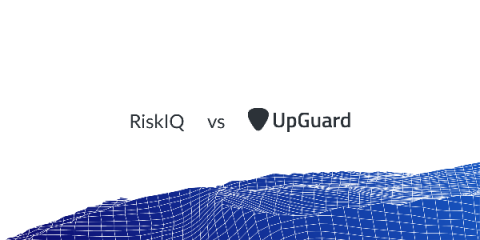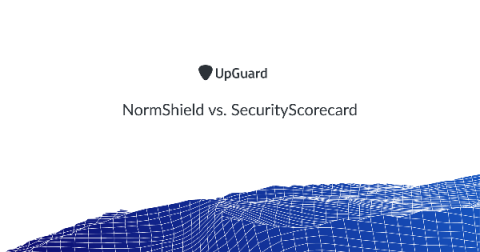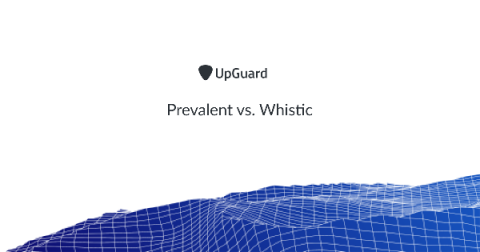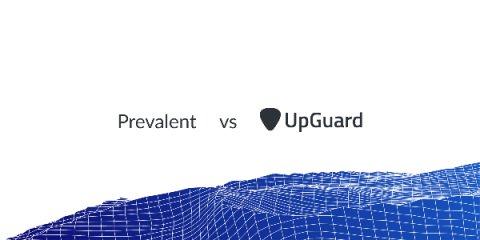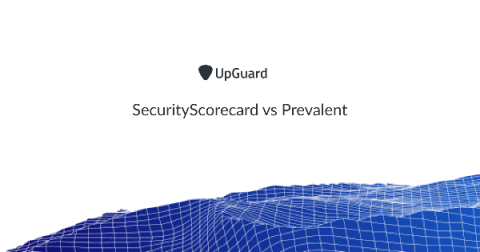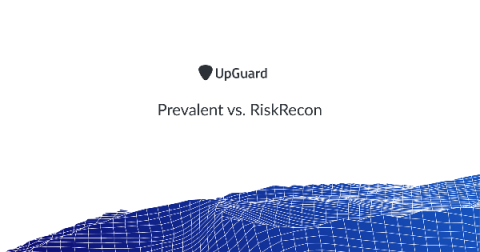What Compliance Lessons Can We Learn From Past Pandemics?
COVID-19 has us reeling from health, social, and economic shocks, but this isn’t our first global crisis. It is, however, the first in which cybercrime plays a starring role. The world has faced several pandemics in the past 100 years—several influenza pandemics including swine flu (H1N1) and Avian, or bird, flu, and HIV/AIDS—as well as economic depression and a number of recessions.



